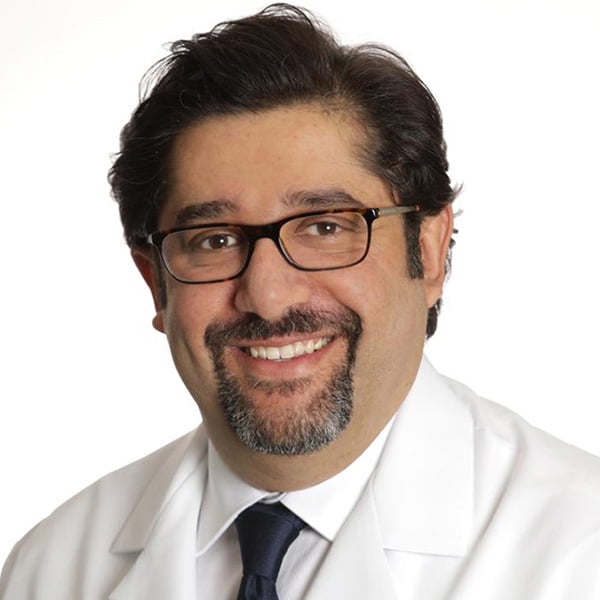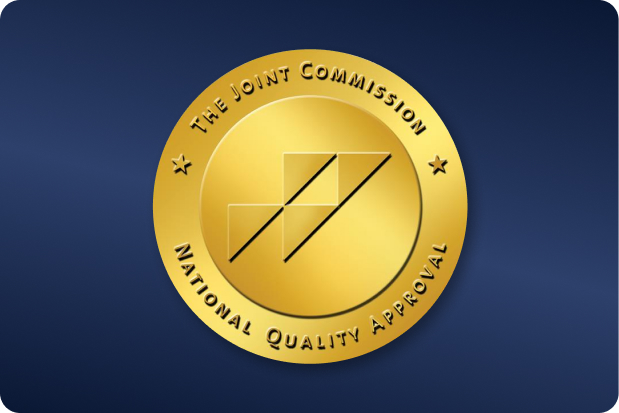 OUR LOCATIONS
Same-day Appointments Book OnlineCall to book 201.523.9590
OUR LOCATIONS
Same-day Appointments Book OnlineCall to book 201.523.9590
 OUR LOCATIONS
Same-day Appointments Book OnlineCall to book 201.523.9590
OUR LOCATIONS
Same-day Appointments Book OnlineCall to book 201.523.9590
Table of contents

Radiofrequency rhizotomy, also called radiofrequency neurotomy, is a non-invasive pain management procedure. It’s primarily used to alleviate or eliminate the pain and other symptoms stemming from cervical facet syndrome (in your neck) or thoracic facet syndrome (in your upper or middle back), or lumbar facet syndrome (in your lower back). Facet joint syndrome is an arthritis-like condition in the spine that causes neck pain or back pain and inflammation. If you have persistent back or neck pain that doesn’t respond to home treatment, it is better to evaluate the true cause with the help of back pain doctor near me.
When you have upper back pain, middle back pain or lower back pain, consult a spine specialist like Dr. Amr Hosny and his team at the Spine & Rehab Group. With three offices in Manhattan and five more in Bergen County, Morris County and Union County in New Jersey, there’s a location near you. You need a diagnosis of facet joint syndrome before your spine doctor recommends radiofrequency rhizotomy.
 Amr Hosny, MD, MBA, FASA
Book Now
Amr Hosny, MD, MBA, FASA
Book Now
 David Chu, MD, FAAPMR
Book Now
David Chu, MD, FAAPMR
Book Now
 Vivek Mehta, MD, FAAPMR
Book Now
Vivek Mehta, MD, FAAPMR
Book Now
 Deepali Gupta, MD, DABA, DABPM
Book Now
Deepali Gupta, MD, DABA, DABPM
Book Now


The risk of suffering from facet joint syndrome increases as you age, although there are many causes for the condition. Your spine doctor typically recommends a radiofrequency neurotomy treatment when surgery isn’t an option. Other factors that influence the decision to perform this procedure include:
Since everyone is potentially at risk for facet joint syndrome, anyone may benefit from a radiofrequency rhizotomy procedure if it’s warranted. As long as your doctor can pinpoint the vertebral bone causing your pain, this procedure can provide temporary relief, even of chronic pain.
A radiofrequency thermal rhizotomy reduces or resolves a number of specific types of back pain, such as:
A radiofrequency rhizotomy can also be effective for some types of hip pain and knee pain. Only a trained, experienced spine specialist like those at the Spine & Rehab Group in NYC and northern NJ can determine if you’re a good candidate for a radiofrequency neurotomy. Because your back pain may stem from many causes, you need an accurate diagnosis before you can receive this treatment.
There are three types of rhizotomy procedures, all of which address specific back pain issues. All three focus on disabling or destroying the nerves that send pain signals to your brain. The three types of rhizotomy include:
At the Spine & Rehab Group, Dr. Hosny and the other pain doctors rely on the radiofrequency technique to damage painful nerves in a delicate, minimally invasive procedure. The procedure provides temporary pain relief that lasts up to several months.
I first went to Dr. Hosny after a procedure done poorly by a doctor by me. I found him by searching '5 star pain management doctors' on google and was not disappointed. I found the office to be immaculate, the staff friendly and caring and Dr. Honsey and team to be like no other. I travel an hour each way to see him and would recommend to anyone in a two hour radius (there is more than one office) to give them a try. The care is THAT good and when it comes to your back, you really don't want to mess around, trust me! You won't be disappointed.
Heather D. ★★★★★I have been under the care The Spine and Rehab Group for about 5 years now. They have helped me deal with pain, injury and recovery from a surgical procedure. I have always found the staff courteous and knowledgable, and always willing to help. They are always accommodating and their conservative approach to pain management has always been of benefit to me. I have also found that their skill level and professionalism in regards to their procedures at the Riverdale Surgery center to always be a pleasure.
A big thank you to everyone over there, I Highly recommend them!
A radiofrequency neurotomy is an in-office, outpatient procedure. It requires no hospitalization, and you can return home to recuperate that same day. You’ll need to arrange for a ride home, as you aren’t allowed to drive after the procedure. The procedure itself takes only minutes and follows several common steps, including:
After the procedure, you feel significant pain relief. You return home with care instructions from your doctor. You can usually return to work the next day, as long as your work doesn’t involve excessive physical labor. For comprehensive diagnosis and treatment of back pain, contact the experts at the Spine & Rehab Group.

Dr. Hosny is a distinguished physician, educator, and healthcare leader with a commitment to advancing health equity and accessibility in the rapidly evolving landscape of modern healthcare. After completing his residency at St. Luke's Roosevelt Hospital Center, affiliated with Columbia University in New York City, he pursued an Interventional Spine Fellowship at Beth Israel Deaconess Medical Center, part of Harvard Medical School in Boston, MA.
Dr. Hosny has held prominent roles in academic medicine, including serving as an Associate Clinical Professor at New York Medical College and as the Interventional Spine Fellowship Program Director. These positions reflect his dedication to mentoring the next generation of healthcare professionals and advancing the field of interventional spine care.
More About Dr. HosnyThe Spine & Rehab Group
140 NJ-17,
Paramus, NJ 07652
(212) 242-8160



